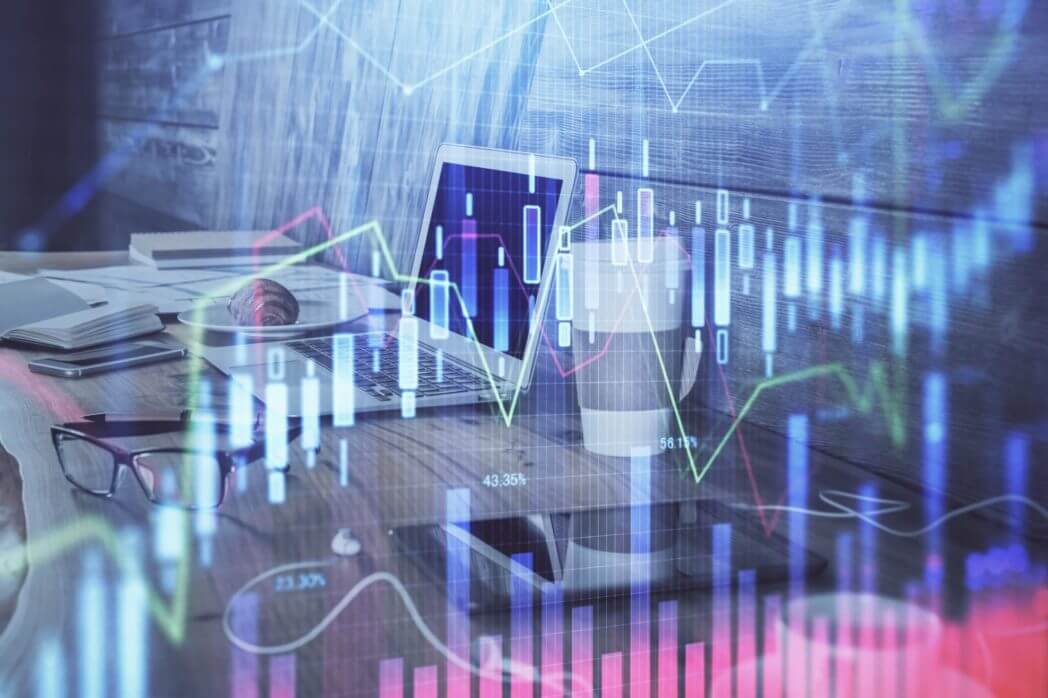
S&P 500 jumped by 1.8% Wednesday. What about other stocks?
U.S. futures experienced the biggest two-day rally since September. A surge in bank shares led the rally while Treasury yields declined on speculation that Congress will deliver a Covid-19 stimulus bill once the election ends. The dollar lowered, and crude oil soared.
The S&P 500 surged forward by 1.8%, bringing the two-day rise to 3.2%. Meanwhile, financial firms jumped by 2.2%, gaining the most since September. Thus far, Democratic nominee Joe Biden is leading President Donald Trump in the final polls. Some investors speculate that his victory would bring a rise in federal spending.
On Wednesday, Alibaba Group Holding Ltd.’s U.S.-traded shares plummeted down by 8.1%. China stopped the initial public offering of Ant Group Co. As Alibaba owns about a one-third stake in that group, China’s decision caused the shares to fall.
Treasuries dropped along with a gauge of the dollar. Therefore, lowering the most in more than three weeks as a riskier mood prevailed. However, oil extended gains skyrocketed on Monday on more signs that OPEC+ will put off a planned easing of output cuts.
Elections continue to influence the market
Matt Stucky, the portfolio manager for equities at Northwestern Mutual Wealth Management Co., stated that investors seem to believe there is not going to be a whole lot of uncertainty after election day. He added that the worst outcome for election day is a really uncertain winner scenario. In which case, it’s going to take weeks and a lot of legal back and forth before the winner is officially named.
So far, trades reflecting a Democratic sweep held firm, but betting markets aren’t convinced. Investors hedged prospects of post-election volatility. Thus, driving a measure of expected swings in Chinese yuan to its highest peak in more than nine years.
According to Michael Purves, the chief executive officer of Tallbacken Capital Advisors, the ghost of 2016, from both polling and stock market expectations, still looms large.
Meanwhile, the benchmark credit derivatives index, which measures the perceived risk of U.S. high-yield companies, soared the most in nearly two months, thus implying a lower probability of default.
Markets seem more optimistic after the weeks of speculation that a contested election outcome may produce no clear winner for some time. It would cause more volatility on markets. Polls continue to indicate that Biden is winning, but the race looks tight in some battleground states.
Sam Stovall, the chief investment strategist at CFRA Research, noted that the market’s upward bias, and underlying leadership of industrials, energy, and materials sectors, imply a Blue Wave. However, it incorporates the potential for the passage of both stimulus and infrastructure spending bills.
-
Support
-
Platform
-
Spread
-
Trading Instrument




